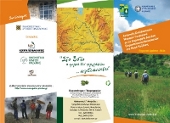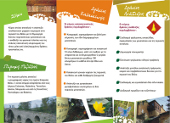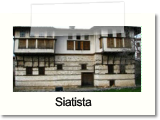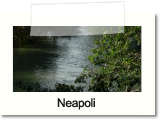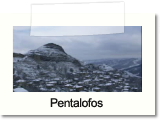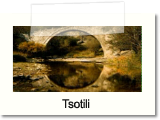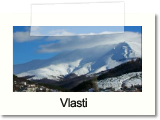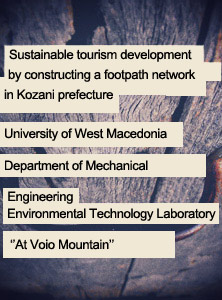
Volunteers
Meteorological indicators
| Fire Indicator |
| Fog Indicator |
News
Project presentation
FUNDING
Partners – Contact
Voio - History
Voio - History
Voio, mentioned in Thucydides, has been inhabited ever since prehistoric times. This is testified by findings in Pentalofos, Apidea, Klepsio, Platania, Rodohori, Dragasia, Kastraki and Palaiokastro Siatistas. Based on the root of this ancient name, “Voio”, or the Dorian “Ευ-βοίον” a number of other ancient Greek names are still used to this day, such as Vogiousa, Vovousa, Evoia, Voiotia, Voies Lakonias, which are connected to the movements of Dorians to Southern Greece.
The area was densely populated, especially during the Hellenistic era. During the Classical era, it was an indispensable part of the Kingdom of Upper Macedonia and the place where the core of the Macedonian army was recruited. The western part was under the jurisdiction of the state of Orestida, while the eastern one belonged to that of Elimeia.
In the Byzantine period, Voio was connected to the invasion and settlement of new peoples in the Balkans. During the Ottoman occupation, Voio, Palia Anaselitsa, as it was then called, experienced a period of decay. Byzantine monasteries were destroyed and old settlements raided. Most Christians took refuge to the mountains to avoid pillaging, heavy taxation and conversion, where they formed new, stock farming settlements which gradually developed into hubs of commerce, such as Galatini, Pentalofos, Avgerinos and Koryfi. The commercial activity of the inhabitants with European markets created financial centers in Siatista and Tsotyli. Magnificent mansions were erected, busy bazaars established, new and larger paths opened, bridges built and monasteries and churches founded. This is also the period when professional groups were organized, based on common interests, cooperation and solidarity. These are the well known bouloukia of craftsmen, consisting of builders, stone dressers, carpenters, woodcarvers and painters. By the end of the Ottoman occupation, in the years of upheaval and turmoil, the area was the core of the preparation of the armed liberating Macedonian Struggle.
GUIDE "IN PATHS OF VOIO"
Topics of Special Interest
- ‘‘Architecture - The Mastorokalfades of Voio’’
- ‘‘The Stony Bridges’’
- ‘‘The Villages of Voio’’
- ‘‘The Visitable Monasteries of Voio’’
- ‘‘The Primeval Oak Trees’’
- ‘‘Ontria – A Rare Geomorphological Phenomenon’’
- ‘‘Nature’s Wonders – Footsteps and Human-like Rocks’’
- ‘‘The Waterfalls of Skotomeno Nero – A Natural Monument’’
- ‘‘The Artificial Lake of Vythos – A New Wetland’’
- ‘‘River Pramoritsa and its Waterfalls’’
- ‘‘The Enormous Cliffs of Haros at Pyrgos Kotylis’’
- ‘‘The Peculiar Geology of Mount Voio – Rare Fossils’’
- ‘‘Voio and the Mushroom Madness’’
- ‘‘Voio - The People’’
- Zoupaniotikos Ailias – Voio’s trademark
- Taliaros and its Role during the Civil War
- Thematic Feasts in the Villages of Voio
- Ecology of Voio
- The European Path E6
- Paliokrimini and the Destroyed Village
- Local Products





